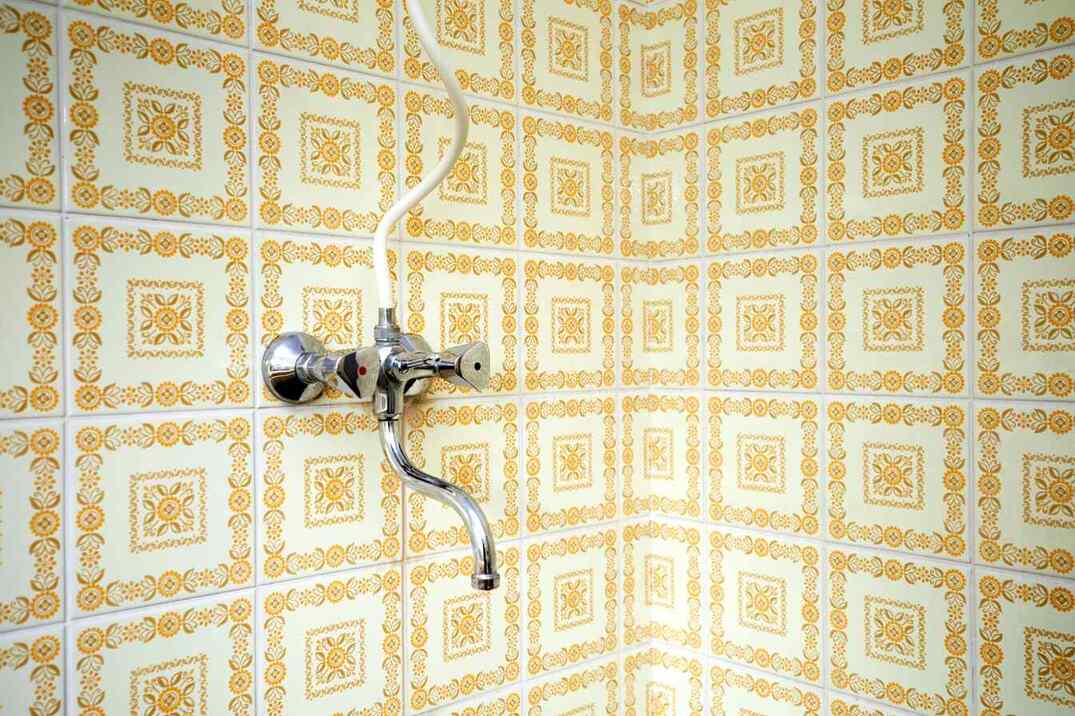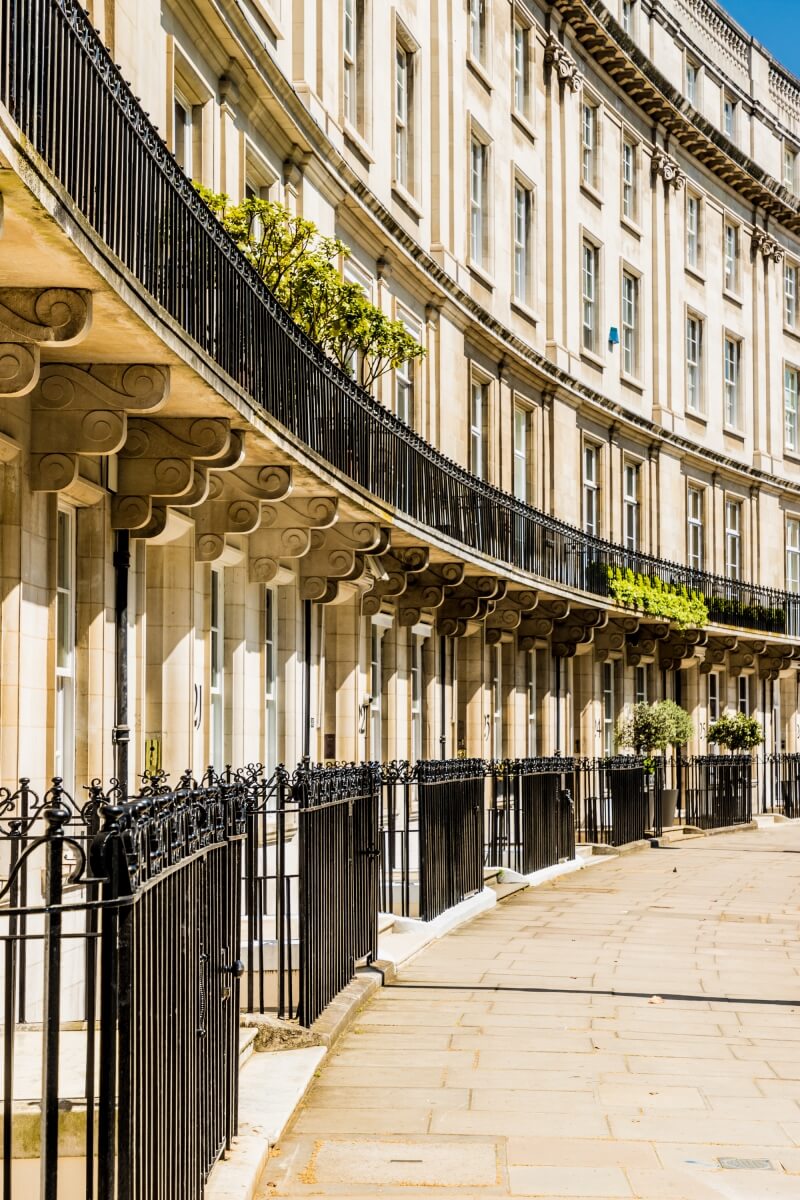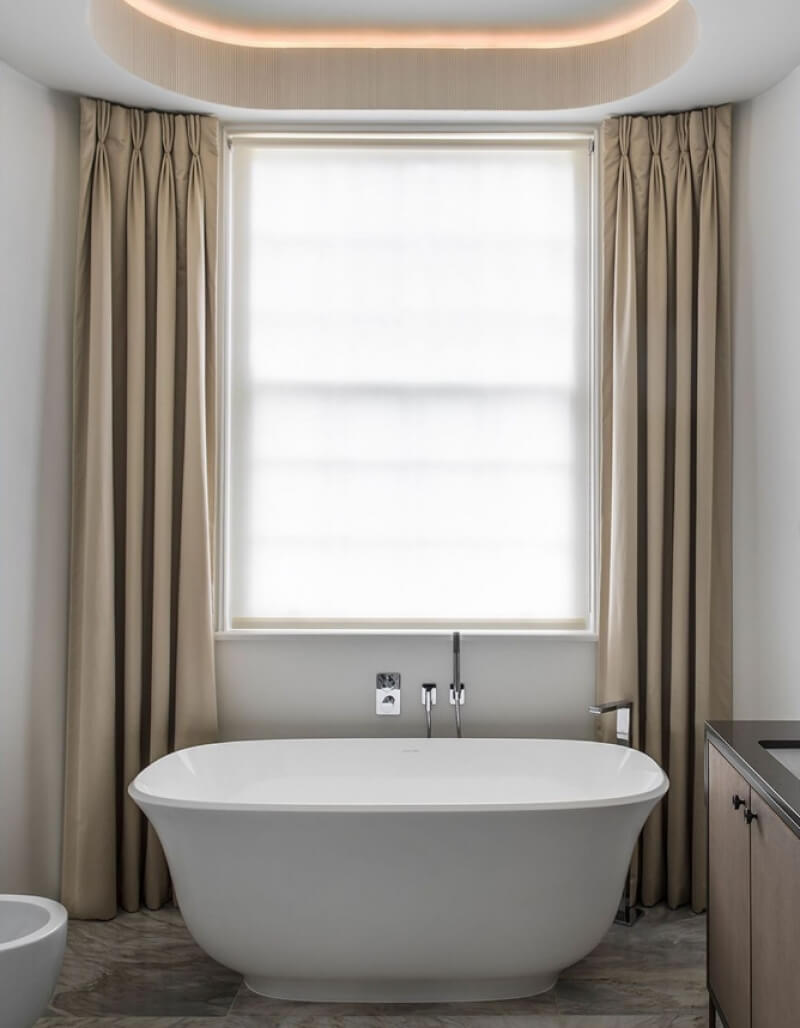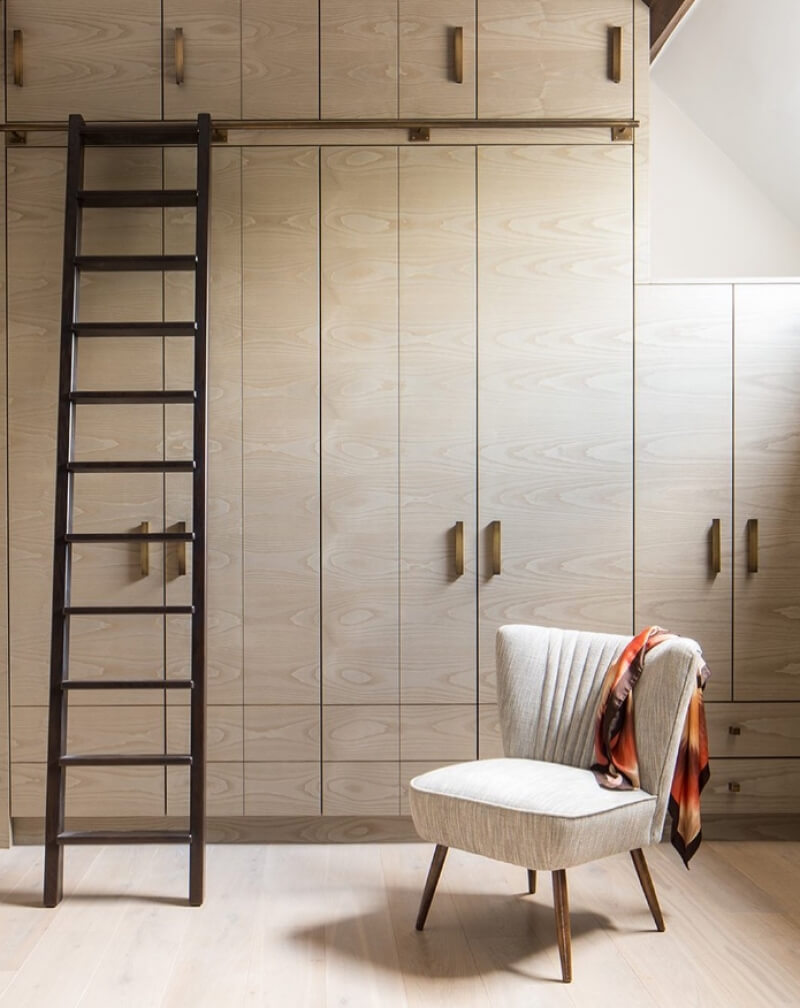Tel: +44 (0) 203 371 1779
Email: Get in Touch

We’ve all seen the description on one of the myriad property sites populating the web: “Charming 3-bedroom cottage, atmospheric and gorgeous. Though in need of a little TLC.”
Then we click on the pictures and discover precisely what ‘a little TLC’ involves. Hello, unsightly bathroom complete with psychedelic wall tiles and condemned loo in a shade of Sickly Avocado. And this is before we even start to look at the structure. At this point, the faint-hearted would be forgiven for just swiping left and moving on…
And then, there are those of us who can’t help but get fired up by the untapped ‘potential’ of said property. These are many, and the work is hard, but the rewards can be huge. And not just in financial terms either. There is much satisfaction and pride involved in taking on and completing a job that few others wouldn’t touch and doing it to your unique taste.
Of course, there is also a lot involved between that initial ‘click’ and whatever topping-out ceremony you decide on (if you can still afford one). We’ve all seen the TV makeover shows in which the builders walk off the site, a supporting wall collapses and the budget stretches to breaking point and well beyond.

Nevertheless, many of us do take the plunge into renovation. And if you’re eyeing that ‘doer-upper’ in a location you’ve always had a penchant for, here are a series of steps we feel are worth considering in advance:
Location, location… It’s a cliché, but it’s true. If you’re purchasing a property to renovate, consider the area carefully. Could you live there? Would you want to? Does it have the amenities most of us need? How is it for schools? Is it a ‘good’ area or one with a little too much ‘edge’? There are no rights and wrongs here – it’s whatever you feel comfortable with – but it’s worth visiting your chosen area, day and night before you commit.
Even with the most diligent planning, it’s likely that some unexpected costs will arise. Putting your ideas down on paper and then costing them ‘realistically’ is vitally important. What you want and what you can afford may be many thousands of pounds apart, and then there are extras to consider – planning permission (if needed), survey reports, legal costs and a contingency for any unexpected nightmares you might encounter.
No matter how many YouTube videos you’ve watched, the chances of being able to do absolutely everything yourself are probably next to zero. A surveyor, a recommended builder, an architect and yes, an interior designer. All professional services we would suggest budgeting for. Their advice is worth its weight in gold, and they are likely to come up with a gem of an idea that transforms your whole thinking about your project.

Your renovation may be from top to bottom; alternatively, you may just be focusing on one or two rooms that are important to you. Whether it’s a new bathroom, dressing room or home office – Stand back and assess how you might want to use the space. Do you require a multifunctional dining room complete with discreet homework nook or a wardrobe vast enough to handle your penchant for the latest fashion? Then do plenty of research into functional design and tech that will work hard throughout the home of your dreams. All your creativity and imagination can come to the fore here – leave nothing out but your inhibitions. While not everything will make the final cut, the process of rethinking and refining will give you purpose, especially if/when the going gets rough, tough and dirty.
With countless jobs to take care of, organisation is key to the smooth running and outcome of the job. As a rule of thumb, it’s worth doing the ‘dirty stuff’ first – any demolition, structural work, damp-proofing, drainage, plumbing, major building work (internal and external), flooring etc. Then, when you have the shells of the spaces you’re renovating intact, you can move on to the fun stuff – the decorating, fixtures, fittings and furnishings.

The sight of a skip arriving for a six-month residency outside your renovation project is enough to produce groans in even the most tolerant of neighbours. Where possible, keep them up-to-date with what you’re doing and, if you can bear it, invite them in for a look and a cup of tea – or something stronger. They may well feel inconvenienced by your works, but remember that a little kindness on your part now will go a long way.
As work progresses, there will be small problems that arise with niggling frequency. These can be dealt with as work progresses or, if you need to get the major works finished to a deadline, can be tackled in one go at the end of the whole project. If this is the case, make sure you keep the snagging list up to date and remind your builder at frequent intervals that he/she needs to complete these jobs before the whole project is signed off – and, crucially, before the final payment instalment is made.
These are just a few of the many hints and tips involved in planning a house renovation. For expert advice about interior design and interior architecture, please don’t hesitate to contact us or give us a call on 0203 371 1779.
Firing up the fifth wall From the starry depictions of ancient Egyptians and divine murals of the Greeks to the intricate storytelling of Renaissance frescos, ceiling design has undergone dramatic changes through the ages. Historically, ceilings served as the crowning glory of interior spaces. However, with the passage of time and ever-evolving trends, enthusiasm for...
In our recent blog posts, we have explored planning a renovation, achieving the ultimate luxury look in your home, and the difference between the two design disciplines of interior design and interior architecture. In this post, we discuss when working with an interior designer is the right choice, guide you through the process of finding...
We use cookies to ensure that we give you the best experience on our website. See our Cookie Policy. If you continue to use our website, we will assume that you are happy with it. OK

